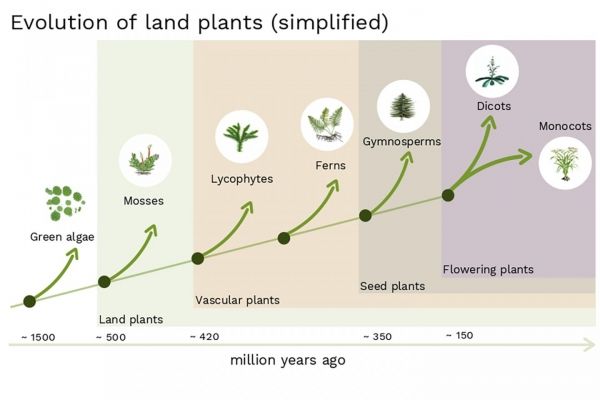Highly developed seed plants evolved deep root systems that are able to sense Earth’s gravity. The ‘how and when’ of this evolutionary step has, until now, remained unknown. Plant biologists at the Institute of Science and Technology Austria (IST Austria) have identified crucial components and processes which only developed in seed plants around 350 million years ago to enable fast and efficient gravity-driven root growth. The results have been published in the journal Nature Communications.
One of the most important events in evolutionary history occurred around 500 million years ago with the spread of plant life from water to land. For plants to thrive in this new environment, root systems had to evolve to grow downwards, following gravity with two primary purposes: anchoring in the soil and providing a source of water and nutrients for growth of the parts of the plant above the ground. This mechanism — called gravitropism—has been extensively studied in flowering plants such as Arabidopsis thaliana. However, it has never been systematically compared throughout the plant kingdom, and its evolutionary origin remains a mystery.
Now, Yuzhou Zhang, postdoc in the group of Professor Jiří Friml, and his team have gained a broader view of how and when root gravitropism evolved. The researchers selected multiple plant species representing the lineages of mosses, lycophytes (clubmosses and firmosses), ferns, gymnosperms (conifers), and flowering plants and let their roots grow horizontally to observe if and when they started to bend downwards to follow gravity. The result: Gravity-driven root growth turned out to be very rudimentary and slow in the most primitive land plants (mosses) as well as in the basal vascular plants (lycophytes and ferns). Only seed plants (gymnosperms and flowering plants), which first appeared around 350 million years ago, showed a faster and thus more efficient form of gravitropism.
Read more at: Institute of Science and Technology Austria
Evolution of land plants (simplified chart). (Photo Credit: (C) IST Austria)


